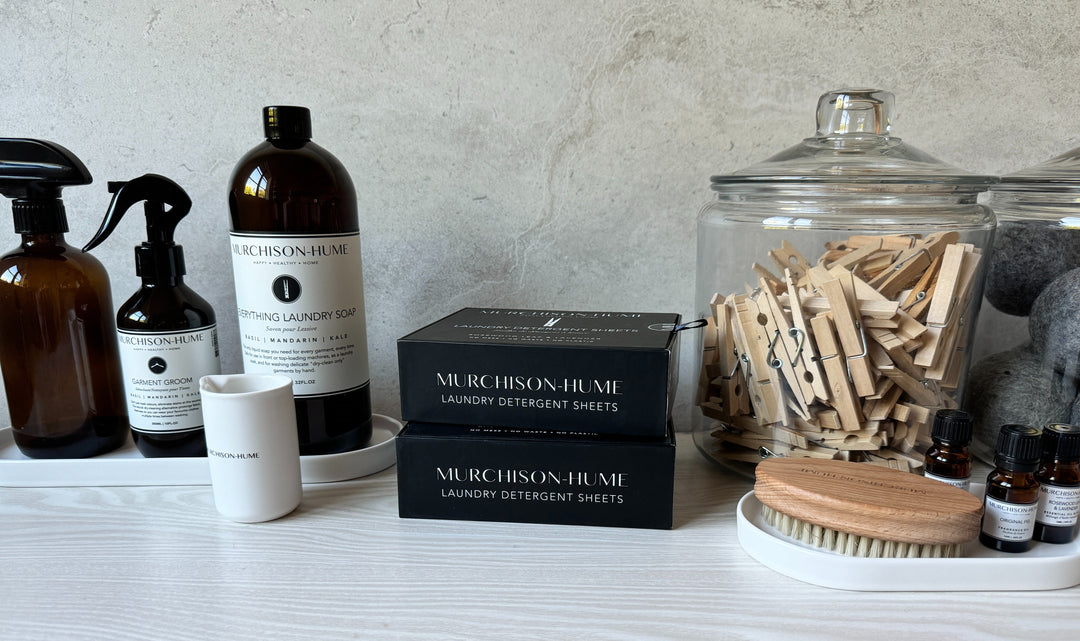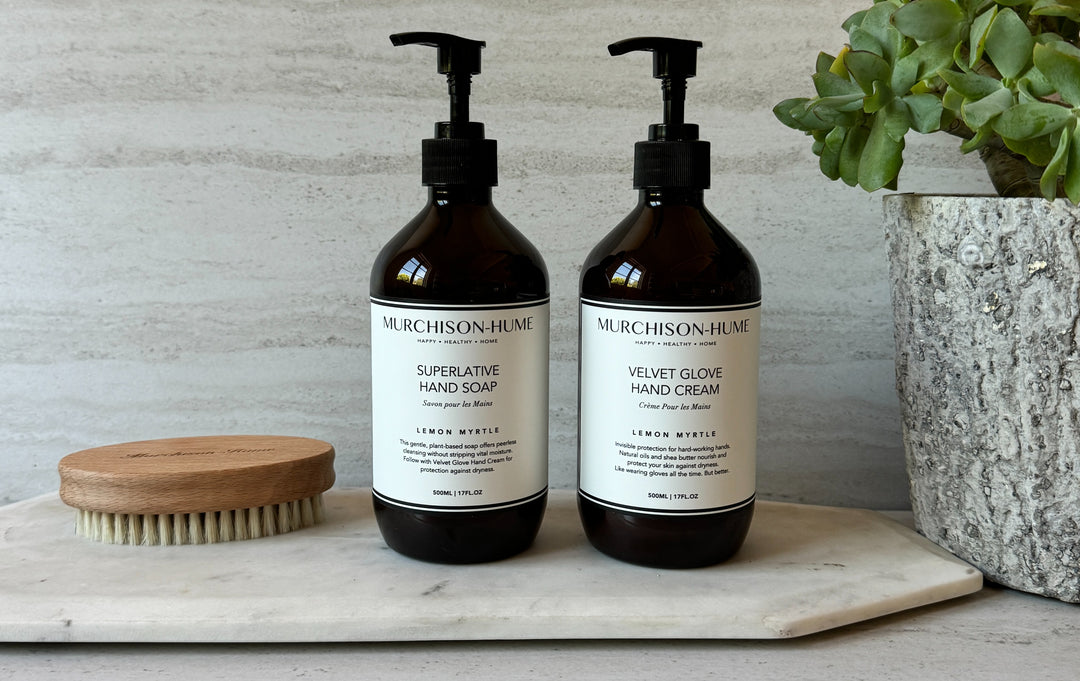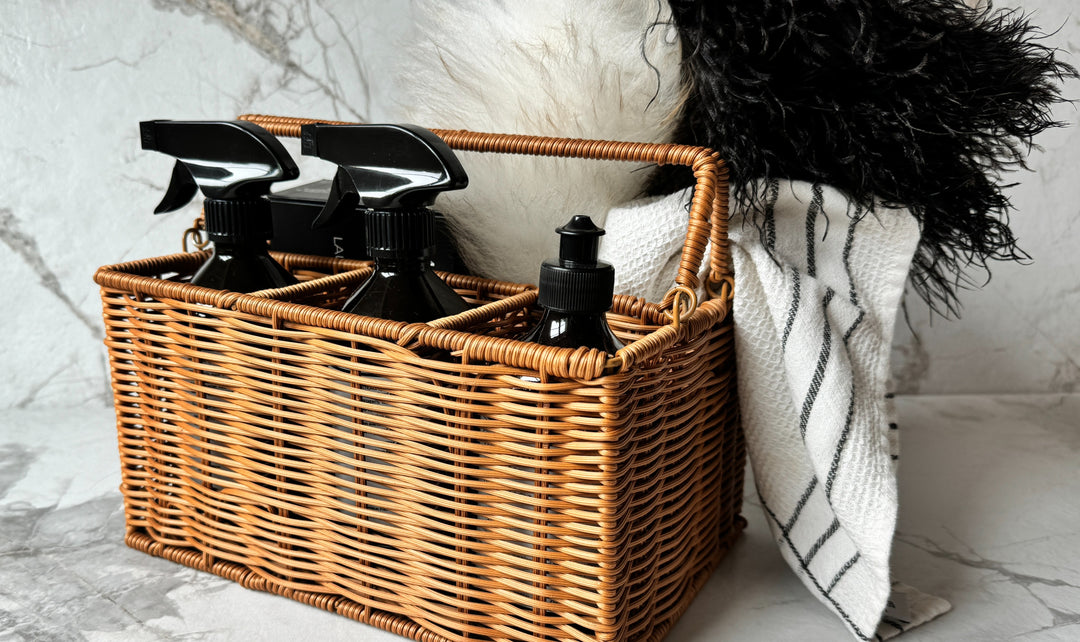We’ve also heard the sage advice to “stay in the moment” or to “be present.” As simple as it sounds, it’s never easy to clear your head and focus on the here and now—especially when we’re surrounded by clutter, a dinging iPhone full of alerts, and a couple of kids who always seem to need something. Still, the benefits of being mindful don’t just stop at a restful, clear head: Mindfulness can also help relieve stress, treat heart disease, lower blood pressure, reduce chronic pain, improve sleep, and alleviate gastrointestinal problems that things like stress can bring on.
But how do you practice mindfulness? See the five steps to master mindfulness below.
Declutter your space
First, it’s important to set up your space for success: It’s nearly impossible to practice mindfulness in a space filled with clutter. In Marie Kondo’s “The Life-Changing Magic of Tidying Up: The Japanese Art of Decluttering and Organizing,” she writes, “Visible mess helps distract us from the true source of the disorder.” Once you choose where you’d like to practice, be sure you clear the space of any loose paperwork, dirty laundry, old cups or plates, and any other objects that might keep you from remaining focused and clear-minded. If it feels appropriate, give it a good morning wipe-down before you begin.
Make your bed
Yep—even if you’re practicing mindfulness from the comfort of your bedroom, try to do it on a bed that’s neat and orderly. There’s a reason why the title of Admiral William H. McRaven’s 2014 commencement speech at the University of Texas at Austin was “Make Your Bed and Change Your Life.” The simple act prioritizes future you over present you, which is a great place to start. When you return to your neatly made bed, recognize that it was prepared for you by you — an honest form of self-care.
Engage your olfactory sense
They say scent is the strongest sense tied to memory; it has a direct pathway to our limbic brain, which helps control our moods and emotions. Thereby, the right scent can effectively transform our mindset. Light some incense or a favorite candle before starting your mindfulness session, and you’ll be transported back to a place of clarity every time you light it.
Curate your space
Whether that’s your nightstand, a desk, or a favorite chair on your porch, make the space feel like the best reflection of you. If something like fresh-cut flowers helps you feel peaceful, make sure they’re nearby. Similarly, stock your area with aesthetically pleasing knick knacks, like an alabaster vessel or a soapstone bowl with sage to physically clear your space before and after meditating.
Write it down
A gratitude journal can seem like something meant for the Eat-Pray-Lovers of the world, but if you end your mindfulness session by writing down something you’re grateful for, or simply something you observed that piqued your interest, it’ll help bookend your practice and give you something to look back on later.
It’s never easy to stay in the moment, but practicing mindfulness every day—even if just for a few minutes—can lead to clarity, reduced stress levels, and better sleep. Sounds like a win-win-win!
xx LC







